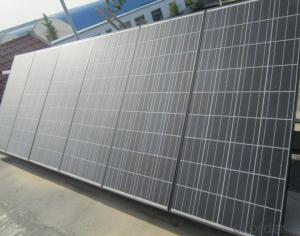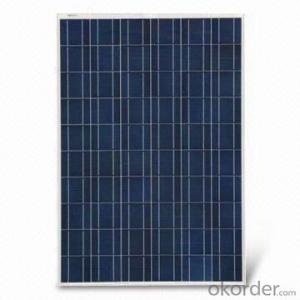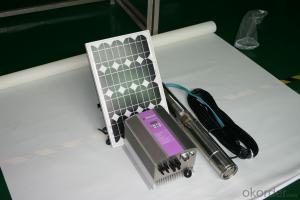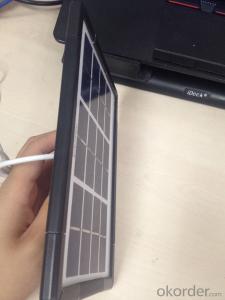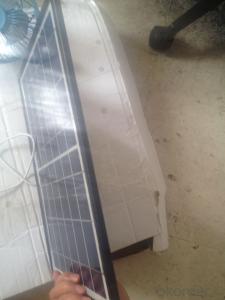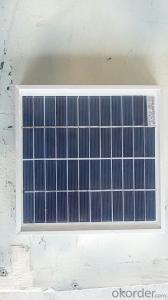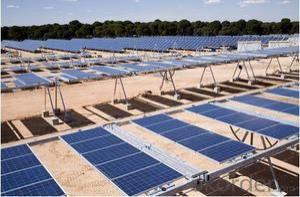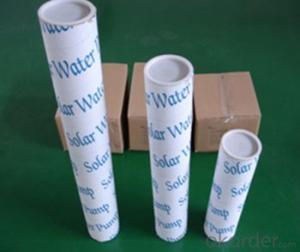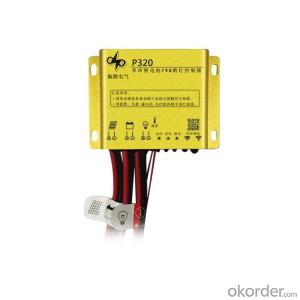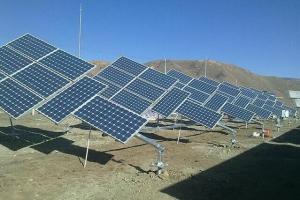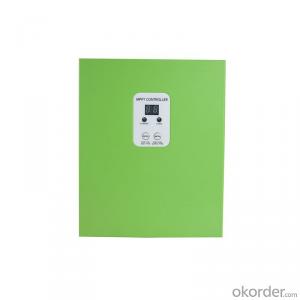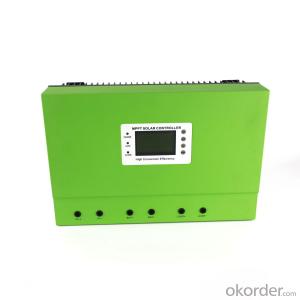Rv Solar Inverter Systems
Rv Solar Inverter Systems Related Searches
Ac Inverter For Solar Panels Solar Panel With Ac Inverter Gas Furnace With Ac Panda Hot Water Bottle Cover Minion Hot Water Bottle Cover Abb Solar Water Pump Inverter Solar Water Pump Philippines Extra Long Hot Water Bottle Solar Panel Dc To Ac Inverter Old Fashioned Hot Water BottleHot Searches
Solar Items Wholesale Solar Inverter Systems Best Place To Buy Flashlights Cost To Install Frp Panels I Want To Buy A House Cost To Hire Scaffolding Cheapest Place To Buy Plywood Medical Supply Store Close To Me Cost To Aerate Lawn Cheapest Place To Buy Kerosene Cost To Install Hardwood Floors Cost To Refinish Hardwood Floors Type Of Inverter For Solar Types Of Inverter For Solar Used Solar Inverter For Sale Inverter Size For Solar System Solar Edge Inverter For Sale 5kw Solar Inverter For Sale Solar Inverter For Sale Solar Inverter For BatteryRv Solar Inverter Systems Supplier & Manufacturer from China
Okorder.com is a professional Rv Solar Inverter Systems supplier & manufacturer, offers integrated one-stop services including real-time quoting and online cargo tracking. We are funded by CNBM Group, a Fortune 500 enterprise and the largest Rv Solar Inverter Systems firm in China.Hot Products
FAQ
- Yes, a solar controller can be used with a solar-powered bike rack. A solar controller is typically used to regulate the flow of electricity from the solar panels to the battery or load. In the case of a solar-powered bike rack, the solar controller can be used to manage the charging of the batteries that power the rack, ensuring efficient energy storage and usage.
- Yes, a solar controller can be used with MPPT (Maximum Power Point Tracking) technology. In fact, MPPT is a feature of certain advanced solar controllers that allow them to extract maximum power from solar panels by adjusting the operating point to the most efficient level. This technology helps in maximizing the overall efficiency and performance of a solar system.
- Yes, a solar controller can be used with solar-powered medical equipment. A solar controller helps regulate the charging process of a solar panel, ensuring the proper voltage and current are supplied to the equipment's batteries. This helps protect the batteries from overcharging and damage, while maximizing the efficiency of the solar power system.
- The purpose of the maximum power point tracking (MPPT) feature on an MPPT solar controller is to optimize the efficiency and output of the solar panel system. Solar panels have a specific voltage and current at which they can generate the maximum power output, known as the maximum power point (MPP). However, the MPP of the solar panel can vary due to changes in temperature, shading, and other environmental factors. The MPPT feature constantly monitors the voltage and current of the solar panel and adjusts the operating point to ensure that it operates at the MPP. By dynamically adjusting the voltage and current, the MPPT controller maximizes the power output from the solar panel and ensures that the maximum available energy is harvested from the sunlight. This feature is crucial in situations where the solar panel is subject to varying environmental conditions, as it allows the system to adapt and continuously operate at its optimum efficiency. By tracking the MPP, the MPPT controller ensures that the solar panel system operates at its highest possible power output, resulting in improved energy production and overall system performance. Furthermore, the MPPT feature also enables the solar panel system to be more compatible with different battery charging requirements. It allows for the conversion of excess energy that would otherwise be lost as heat, into usable energy for charging batteries or powering other devices. This capability makes MPPT solar controllers more versatile and efficient in various applications, such as off-grid systems, hybrid systems, and grid-tied systems with battery backup. In summary, the purpose of the MPPT feature on an MPPT solar controller is to optimize the power output of the solar panel system by continuously tracking the maximum power point. It ensures that the system operates at its highest efficiency, maximizes energy production, and improves compatibility with battery charging requirements.
- A solar controller prevents short circuits by monitoring and regulating the flow of electrical current from the solar panels to the batteries. It has built-in mechanisms such as fuses and circuit breakers that automatically trip or disconnect the circuit in case of a short circuit, preventing any potential damage or overheating.
- To integrate a solar controller with your existing solar system, you will need to follow a few steps. 1. Determine the compatibility: Check if the solar controller you have or plan to purchase is compatible with your existing solar system. Ensure it supports the same voltage and current rating as your solar panels and batteries. 2. Identify the connection points: Locate the connection points on your existing solar system where the solar controller needs to be connected. Typically, these include the solar panel array, battery bank, and load connections. 3. Install the solar controller: Mount the solar controller in a suitable location near your existing system. Ensure it is securely connected to a power source, such as a battery or AC power supply, for its own operation. 4. Connect the solar panels: Connect the positive and negative terminals of your solar panels to the corresponding input terminals on the solar controller. Follow the manufacturer's instructions for proper wiring and ensure all connections are secure. 5. Connect the battery bank: Connect the positive and negative terminals of your battery bank to the corresponding output terminals on the solar controller. Again, follow the manufacturer's instructions and ensure proper wiring for a safe and reliable connection. 6. Connect the load: If you have any loads that need to be powered by your solar system, connect them to the load terminals on the solar controller. Be mindful of the load's power requirements and make sure it is within the limits of your solar system and controller. 7. Configure the solar controller: Depending on the controller model, you may need to configure various settings, such as battery type, charging parameters, load control, etc. Refer to the controller's user manual to properly set up and optimize its performance. 8. Test and monitor: Once everything is connected, test the system by observing the charging status, load operation, and battery voltage. Regularly monitor the solar controller's performance to ensure it operates efficiently and effectively. Remember, if you are unsure about any step or lack the expertise, it is advisable to consult a professional electrician or solar system installer to ensure a safe and successful integration of your solar controller.
- Yes, a solar controller can be used with solar panels that are mounted on a ground-mounted structure. The purpose of a solar controller is to regulate the voltage and current coming from the solar panels to ensure optimal charging of batteries or efficient power utilization. Whether the solar panels are mounted on a roof, a pole, or a ground-mounted structure, the solar controller can be installed in the system to perform its function. The mounting structure does not affect the compatibility or functionality of the solar controller.
- Advantages of an MPPT (Maximum Power Point Tracking) solar controller: 1. Increased Efficiency: MPPT controllers can improve the overall efficiency of a solar system by up to 30%. They track the maximum power point of the solar panels and adjust the voltage and current to ensure that the panels are operating at their optimal efficiency, even under varying weather conditions. 2. Better Performance in Low Light Conditions: MPPT controllers are designed to extract maximum power from the solar panels, even in low light conditions. This means that they can generate electricity even when the sunlight is not at its peak, making them ideal for areas with frequent cloud cover or shading. 3. Compatibility with Different Solar Panel Configurations: MPPT controllers can be used with a wide range of solar panel configurations, including both high and low voltage panels. This makes them highly versatile and suitable for various system setups. 4. Ability to Charge Different Battery Types: MPPT controllers are capable of charging different types of batteries, such as lead-acid, lithium-ion, or gel batteries. They have built-in algorithms that optimize the charging process for each specific battery type, ensuring maximum battery life and performance. Disadvantages of an MPPT solar controller: 1. Higher Cost: MPPT controllers are generally more expensive compared to PWM (Pulse Width Modulation) controllers, which are a simpler and cheaper alternative. The additional features and advanced technology of MPPT controllers contribute to their higher price point. 2. Complex Installation and Setup: MPPT controllers require more complex installation and setup compared to PWM controllers. They often require additional wiring and configurations to connect the solar panels, batteries, and load. This may require professional assistance or a good understanding of electrical systems. 3. Increased Maintenance Requirements: MPPT controllers are more sophisticated devices, and as such, they may require more maintenance compared to PWM controllers. Regular monitoring and occasional firmware updates may be necessary to ensure optimal performance. 4. Potential for Overheating: MPPT controllers can generate more heat during operation due to their advanced circuitry. This heat needs to be dissipated effectively to prevent damage to the controller or reduce its lifespan. Adequate ventilation and proper installation are essential to avoid overheating issues. Overall, the advantages of an MPPT solar controller, such as increased efficiency, better performance in low light conditions, compatibility with different panel configurations, and the ability to charge various battery types, often outweigh the disadvantages. However, the higher cost, complex installation, increased maintenance requirements, and potential for overheating should be considered when making a decision.
















